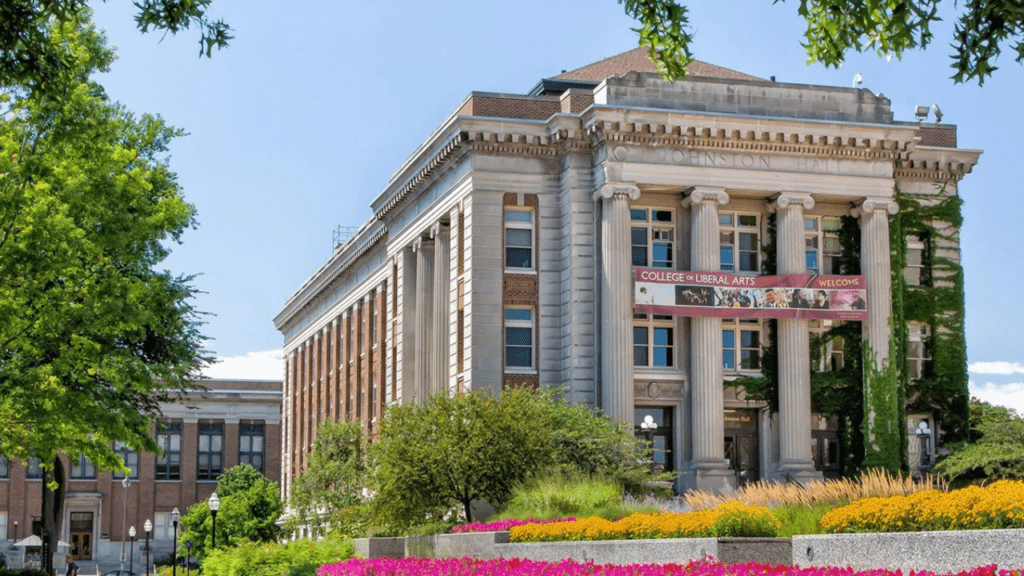The University of Minnesota is investing $55 million to establish the Institute for Healthy Aging, a new research and clinical hub aimed at helping people live healthier, biologically younger lives. Set to open next summer in St. Louis Park, the institute will focus on understanding the difference between biological age, how the body and cells function, and chronological age.

Dr. Tim Schacker, executive vice dean of the University’s Medical School, said the goal is not simply extending life but improving its quality. “You could be 70 years old with the biological age of 55 or 60. That’s the equation we want to change,” he said. The institute will test interventions, launch clinical trials, and provide strategies to delay age-related decline and chronic conditions.
The launch comes at a critical time for Minnesota, where the senior population has surpassed the number of school-age children for the first time. The state’s elderly population is projected to grow from 1 million today to 1.2 million by 2030, underscoring the urgency of geriatric care and workforce development. Currently, the U.S. has about 7,000 geriatricians, far short of the 25,000 needed. The institute will also serve as a training ground for medical students and professionals preparing to meet the challenges of an aging society.
Minnesota Masonic Charities is one of the lead contributors, supporting the creation of the Masonic Institute on the Biology of Aging and Metabolism, which will serve as the research arm of the new center. John Schwietz, the nonprofit’s chief executive, said the effort reflects its mission to extend not only life but also quality of life.
Research at the University of Minnesota has already explored potential anti-aging therapies, including diabetes drug metformin and experimental compounds called senolytics, which remove senescent cells that contribute to aging. Paul Robbins, associate director of the Masonic Institute, said the new facility will allow researchers to expand from animal studies into clinical trials. “Can we actually target aging itself?” Robbins asked.
The push comes amid rising demand for evidence-based approaches to aging, as the U.S. market has become crowded with unregulated supplements and unproven claims. Experts say a key step will be identifying reliable biomarkers of biological aging, such as telomere length or blood proteins, that can measure whether treatments are effective.
For seniors like Judy Squires, 77, who recovered from a heart attack and trains regularly to keep up with her grandchildren, the question is not just how long to live but how well. “I want a long life, but also good health,” she said.
By combining research, clinical care, and education, the University of Minnesota’s Institute for Healthy Aging aims to shape the future of longevity science and provide new tools for healthier living across generations.

